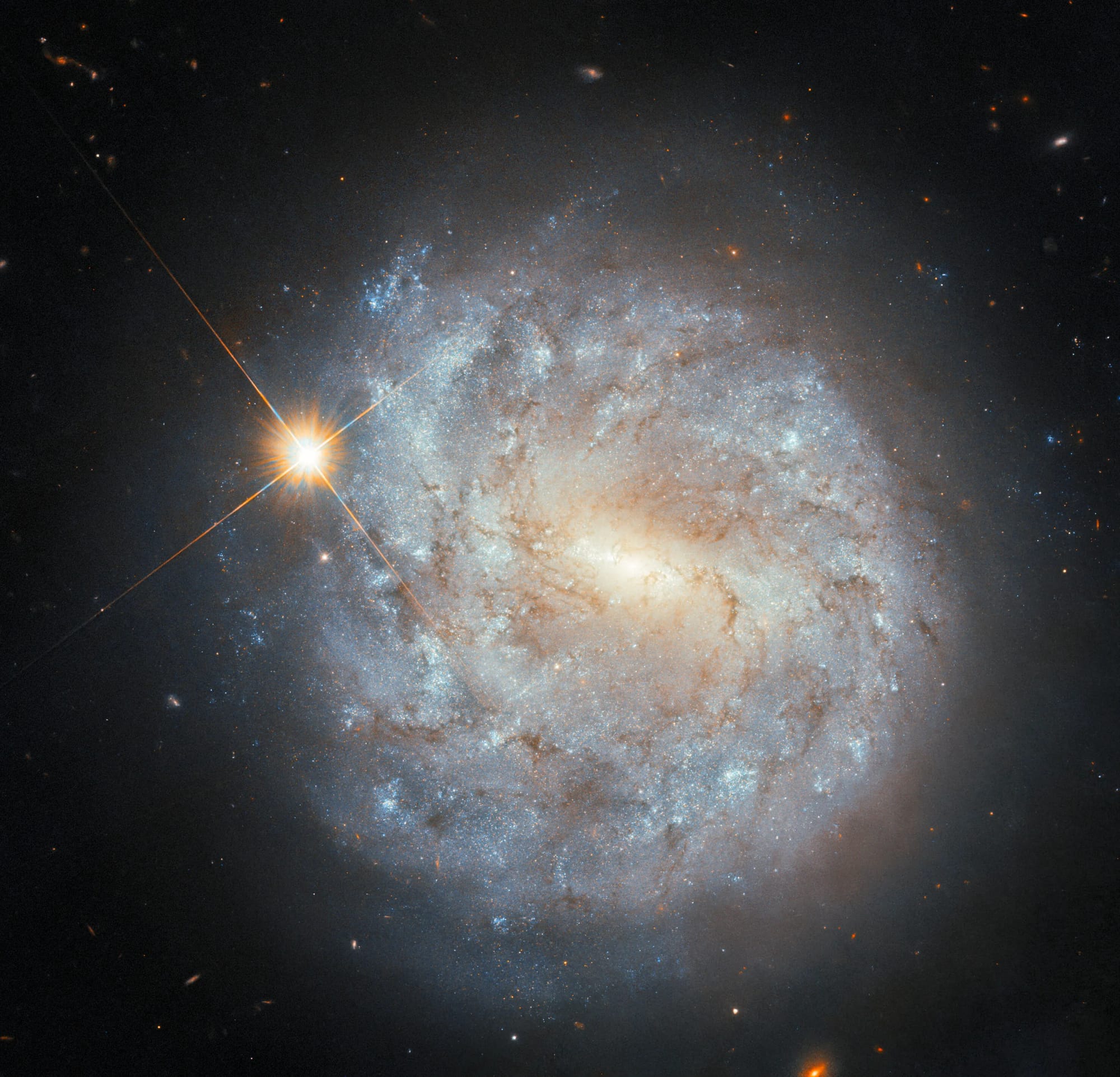
DeFi Revives the Spirit of Capitalism
By Cointelegraph | 5 min read
Decentralized finance (DeFi) is reshaping capitalism by allowing financial autonomy and reducing reliance on traditional banking systems. The article explores how DeFi platforms are democratizing access to loans, trading, and other financial services through smart contracts. While regulatory challenges remain, the industry continues to innovate with decentralized autonomous organizations (DAOs) and algorithmic financial mechanisms. Experts argue that DeFi embodies the original ideals of free-market capitalism—enhancing transparency, reducing gatekeeping, and putting economic control into users' hands.

A Powerful New Tool is Tracking the Electrification of U.S. Industry
By CleanTechnica | 6 min read
A groundbreaking data analytics tool is now monitoring the transition of U.S. industries toward electrification, providing real-time insights into energy consumption and emissions reductions. The report highlights how this tool helps policymakers and businesses track the adoption of electric technologies across sectors like manufacturing and transportation. By pinpointing inefficiencies and forecasting energy demand, it aims to accelerate the shift from fossil fuels to renewables. With this data-driven approach, industries can make informed decisions that align with federal clean energy goals and sustainability commitments.

Reassessing Nuclear Winter Theory in the Era of Artificial Intelligence
By Modern Diplomacy | 7 min read
AI-driven climate modeling is reshaping our understanding of nuclear winter’s potential consequences, offering unprecedented insights into post-conflict environmental impacts. This article explores how machine learning algorithms simulate nuclear scenarios with greater precision than previous models, refining predictions about atmospheric cooling, crop failures, and global famine. Some researchers argue that AI-assisted assessments suggest more localized, rather than globally catastrophic, effects. However, others warn that uncertainty remains, emphasizing the continued need for nuclear disarmament strategies based on these evolving models.
🌙 NASA - Best Photo from Last Week
Hubble Sees a Spiral and a Star

This NASA/ESA Hubble Space Telescope image features a sparkling spiral galaxy paired with a prominent star, both in the constellation Virgo. While the galaxy and the star appear to be close to one another, even overlapping, they’re actually a great distance apart. The star, marked with four long diffraction spikes, is in our own galaxy. It’s just 7,109 light-years away from Earth. The galaxy, named NGC 4900, lies about 45 million light-years from Earth.
This image combines data from two of Hubble’s instruments: the Advanced Camera for Surveys, installed in 2002 and still in operation today, and the older Wide Field and Planetary Camera 2, which was in use from 1993 to 2009. The data used here were taken more than 20 years apart for two different observing programs — a real testament to Hubble’s long scientific lifetime!
Both programs aimed to understand the demise of massive stars. In one, researchers studied the sites of past supernovae, aiming to estimate the masses of the stars that exploded and investigate how supernovae interact with their surroundings. They selected NGC 4900 for the study because it hosted a supernova named SN 1999br.
In the other program, researchers laid the groundwork for studying future supernovae by collecting images of more than 150 nearby galaxies. When researchers detect a supernova in one of these galaxies, they can refer to these images, examining the star at the location of the supernova. Identifying a supernova progenitor star in pre-explosion images gives valuable information about how, when, and why supernovae occur.
Image credit: ESA/Hubble & NASA, S. J. Smartt, C. Kilpatrick
Disclaimer: None of the content in this newsletter is meant to be financial advice. Please do your own due diligence before taking any action related to content within this article.






